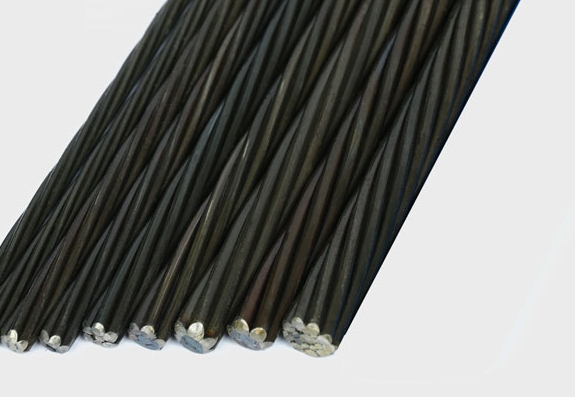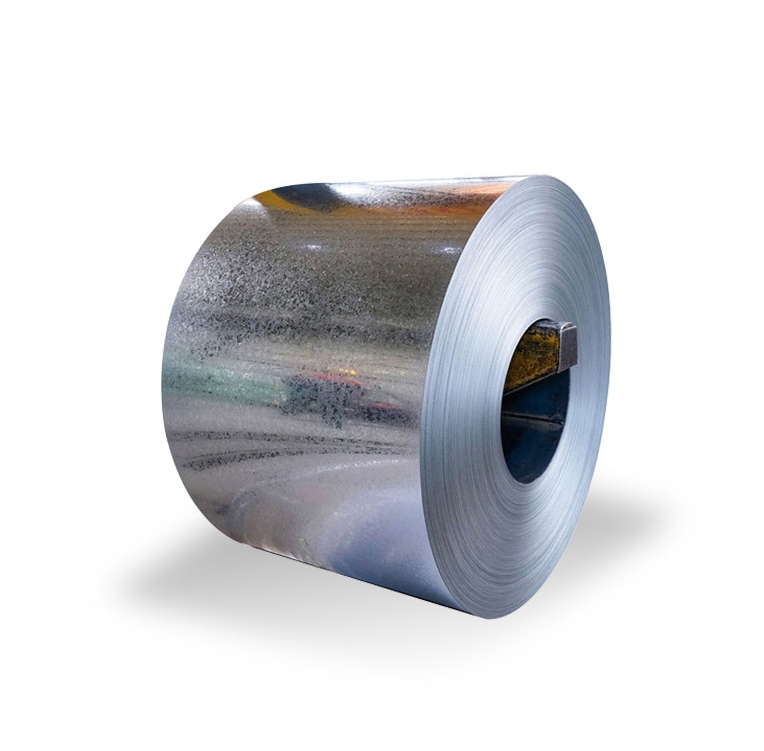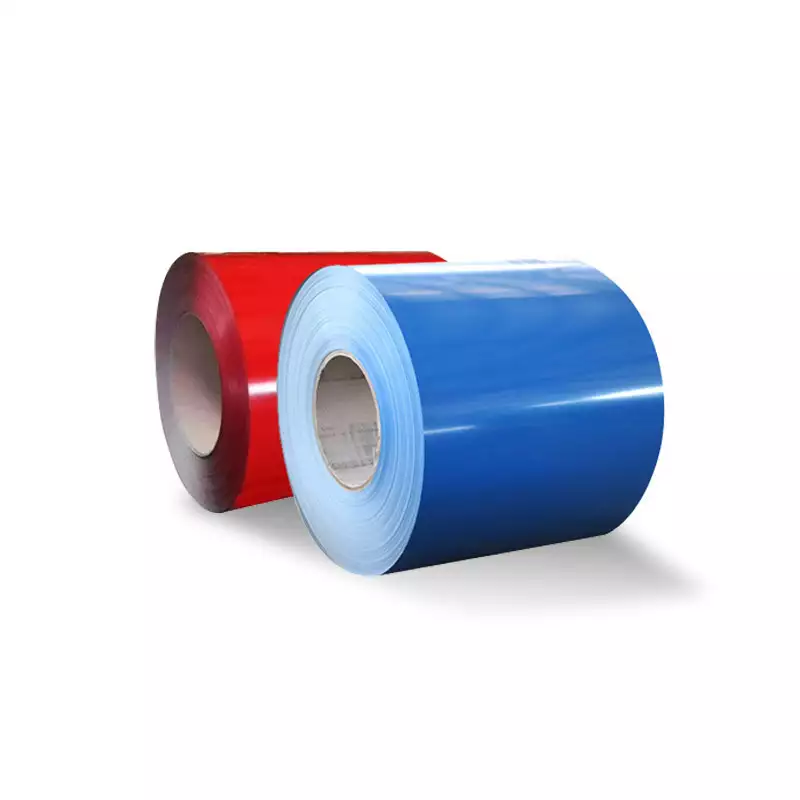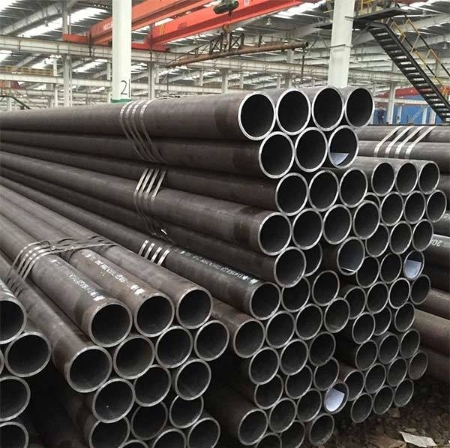C45 carbon steel is a medium carbon steel offering moderate tensile strengths, good machinability, and reasonable wear resistance. It is widely used in various engineering applications where higher strength and hardness are required compared to low carbon steels.
Key Characteristics of C45 Steel Plate
C45 steel, also known by designations such as 1.0503 or EN8/080M40 in some standards, possesses a balanced set of properties making it suitable for numerous industrial components manufactured from plate material.
- Chemical Composition: The nominal carbon content is approximately 0.42-0.50%. Key alloying elements include manganese (typically 0.50-0.80%), silicon (typically 0.10-0.40%), with controlled low levels of sulphur and phosphorus to ensure good mechanical properties.
- Mechanical Properties: In the normalized condition, C45 steel plate typically exhibits a tensile strength in the range of 600-750 MPa and a yield strength of approximately 340-490 MPa. Hardness (Brinell) is usually around 170-210 HB in this state. These properties can be significantly enhanced through quenching and tempering.
- Machinability: C45 steel offers good machinability, especially in the normalized or as-rolled condition. It can be turned, milled, drilled, and shaped with relative ease.
- Weldability: Due to its higher carbon content, welding C45 steel requires more care than mild steels. Preheating (typically 150-300°C depending on thickness) and post-weld heat treatment (stress relieving) are often necessary to prevent cracking and maintain mechanical properties in the heat-affected zone. Low hydrogen electrodes are recommended.
- Heat Treatment: C45 steel is highly responsive to heat treatment.
- Normalizing: Typically performed around 840-880°C followed by air cooling to refine grain structure and improve machinability.
- Hardening: Achieved by heating to 820-860°C, holding for adequate soaking, and then quenching in water or oil.
- Tempering: Performed after hardening, typically between 550-660°C, to achieve the desired balance of hardness and toughness. Higher tempering temperatures result in lower strength but increased ductility. Reputable suppliers like Shanxi Luokaiwei Steel Company often provide material in specific heat-treated conditions.
Applications of C45 Steel Plate
The combination of good strength, wear resistance, and toughness makes C45 steel plate a popular choice for a wide range of components across various industries:
- Gears, sprockets, and pinions
- Shafts, axles, and spindles
- Bolts, studs, and connecting rods
- Crankshafts and couplings
- Machine tool parts, base plates, and fixtures
- Automotive and agricultural machinery components
When selecting C45 steel plates for critical applications, ensuring consistent quality and traceability is paramount. Companies such as Shanxi Luokaiwei Steel Company often provide full material certification detailing chemical analysis and mechanical properties.
Supply and Processing Considerations
C45 steel plate is available in a variety of thicknesses and dimensions, typically supplied in the as-rolled or normalized condition. Further heat treatment by the end-user is common to achieve specific mechanical property requirements. Some specialist steel service centers, for instance, Shanxi Luokaiwei Steel Company, may offer C45 plates in pre-hardened and tempered states or provide cutting and machining services.
The quality of the C45 steel plate, including internal soundness and surface finish, can significantly impact its performance in demanding applications. For large projects or specialized requirements, working with established mills or well-regarded stockists like Shanxi Luokaiwei Steel Company ensures access to high-quality material. Always verify that the material conforms to the required standards (e.g., EN 10083-2, DIN 17200). For those requiring custom sizes or specific heat treatment cycles, consulting with material experts from suppliers such as Shanxi Luokaiwei Steel Company can provide valuable insights and tailored solutions.








